Racial Equity Resources
Let's Talk: A Toolkit for Conversations About Race
Program Overview:
The Children's Museum of Cleveland has partnered with The Diversity Institute at Cleveland State University to launch a new program called Let's Talk: A Toolkit for Conversations About Race. This program is designed to help parents and caregivers talk to their kids about race, and continue the learning through play.
The Children’s Museum of Cleveland envisions a community where all families have access to the educational resources they need to raise creative, curious, healthy and well-educated children. We believe that honest and impactful racial equity education is foundational to the vitality of our communities.
Research has found that children can identify race-based differences as early as infancy, and can internalize racial bias as early as 2-4 years old. When healthy associations are not formed early on, or when existing biases are not interrupted in young children, these negative racial associations and beliefs become more difficult to change over time.
One way to create positive change in young minds is for caregivers to engage in conversations surrounding race and racial bias early and often. Recognizing and working to address issues of racial bias can help build more just associations and unbiased thinkers. By providing consistent messaging to children, parents and caregivers can support this learning.
Program Details:
Toolkits: CMC offers a digital toolkit that caregivers can use to introduce or discuss the topics of race and racism with their children. The toolkit provides age-appropriate information, resources for parents, conversation guides, a children's reading list, and interactive activities. The materials are designed for ages birth to age 8.
Created in partnership with:

with generous support from The Billie Howland Steffee Fund of The Cleveland Foundation.
The Toolkit:
Conversations about race can be complex, especially with young children. This program was designed to help guide families through these conversations. The toolkit provides sample conversation guidelines, information, activities and other resources to guide the learning and support caregivers and children in navigating these discussions.
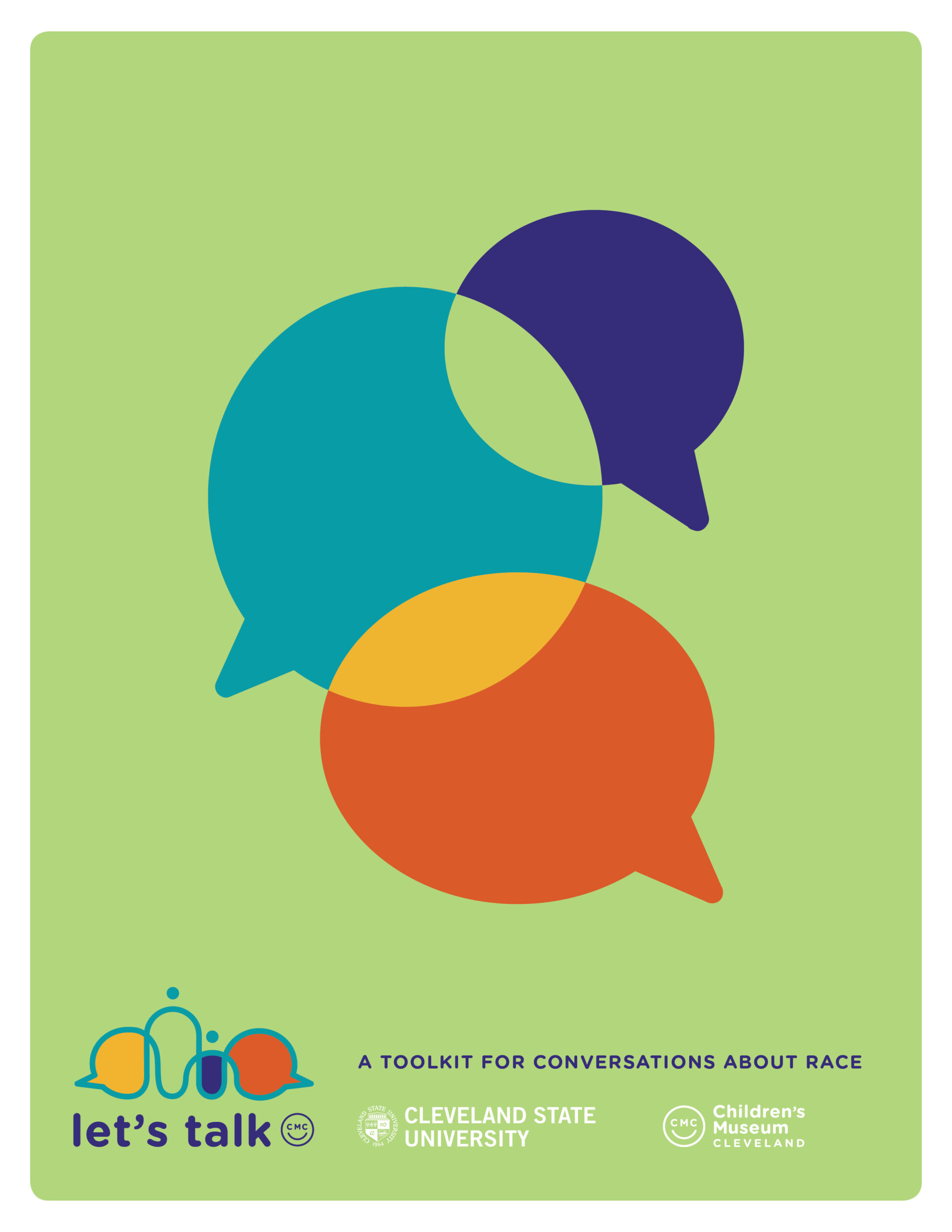
Resources for Ages 0-2

Start Here! :
Read-Along Videos for Ages 0-2:
- Two Eyes, a Nose and a Mouth by Roberta Grobel Intrater
- Shades of Black by Sandra Pinkney
- Shades of People by Shelly Rotner and Sheila Kelly
- We’re Different. We’re the Same by Bobbi Kates
Extension Activities for Ages 0-2:
For full details & instructions, view page 8 of the guide book.
Developmental Narrative for Ages 0-2:
At this age your child is beginning to become aware of themself as a separate individual, and recognize familiar people, places and things. They are learning to use their language (verbal and nonverbal) as a tool to communicate with others. Language may include pointing and signaling things they find of interest.
Young children at this age are able to identify parts of their bodies and are curious about their and others’ physical characteristics, including skin color, hair texture, and gender anatomy. As early as 6 months old, children notice differences in skin colors and may show signs of discomfort around or fixation on unfamiliar people and/or people who look different.
They do not yet have the language to express the thinking driving their feelings or inquire about what they see. Sometimes children this age will “match” people based on physical attributes, and thus, show their awareness of people as the same and/or different. At this age they are learning to interact with others, and are looking to their caregivers for attitudes, feelings and responses to difference as indicators of the expected norms and behaviors.
Intentionality in recognizing and affirming of difference in physical attributes normalizes diversity as part of their understanding of the human experience.
Anti-Racist Learning Objectives for Ages 0-2:
• Identify parts of the body, i.e. eyes, nose, hair, and skin as attributes of the human body.
• Distinguish the ways in which features of the body are the same and different.
• Demonstrate positive feelings, attitudes and pro-social behaviors toward people with different skin colors, facial features and hair textures using descriptive language and nonverbal messages.
Learning & Discussion Guide for Ages 0-2:
Star by reading the book Two Eyes, a Nose and a Mouth by Roberta Grobel Intrater or watch the read-along video here.
Look at me if you have eyes. Smell the air if you have a nose. Shout hooray if you have a mouth! Let’s count how many eyes/noses/mouths we have.
Does everyone in the book look the same? When we go to the store, does everyone in the store look the same? Identify parts of the face and write the words - eyes, nose and mouth. Create a list of descriptors (e.g., round, small, etc.) to capture differing characteristics you and your child uncover in discussion.
Resources for Ages 3-4
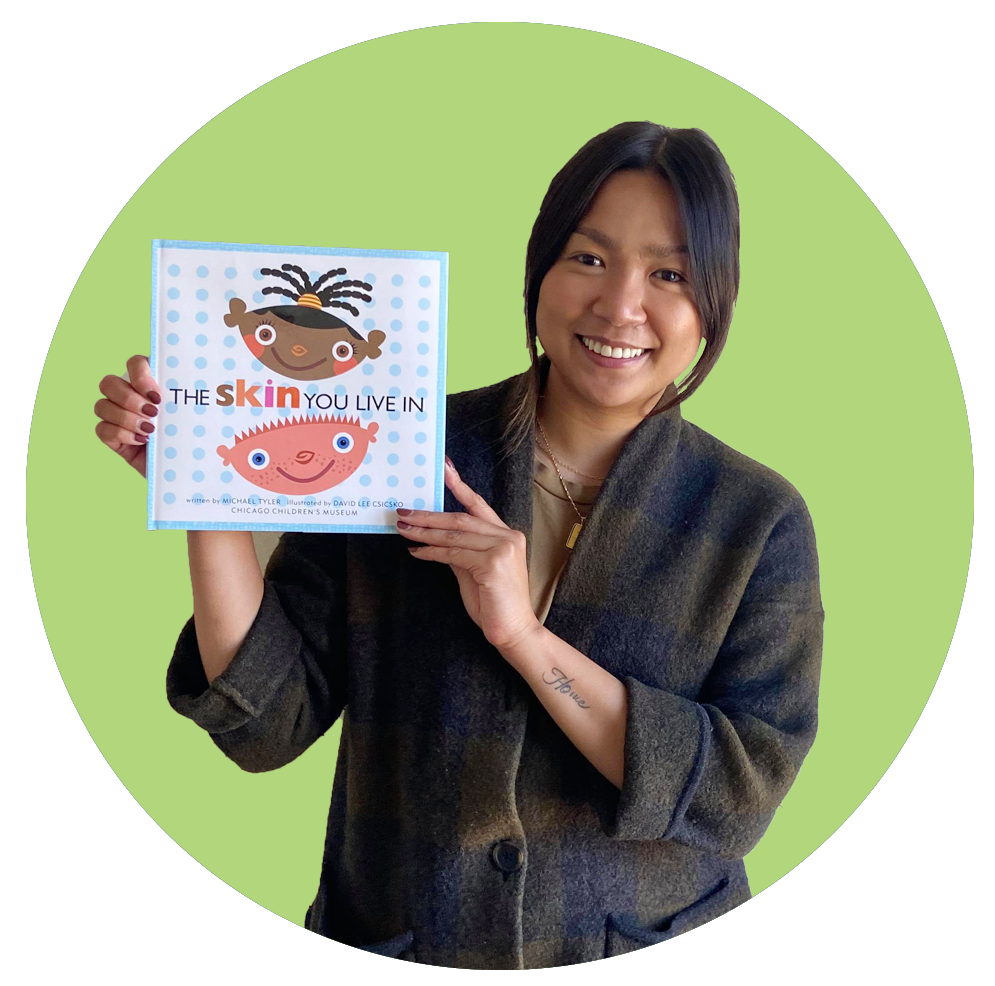
Start Here! :
Read-Along Videos for Ages 3-4:
- The Skin You Live In by Michael Tyler
- Skin Like Mine by LaTasha Perry
- Dancing in my Bones by Sylvia Andrews
- I Am Enough, by Grace Byers
Extension Activities for Ages 3-4:
For full details & instructions, view page 10 of the guide book.
Developmental Narrative for Ages 3-4:
At this age, your child is aware of differences in skin color and is beginning to form beliefs about what those differences mean and how and why they exist. These beliefs may include errors, racist ideologies, stereotypes, and implicit biases absorbed from the media language and imagery (e.g., cartoons, advertisement, books, movies, merchandise) and directly and indirectly communicated by members of your family and extended communities.
Although they are not yet clear on if and how physical attributes will grow, change, or remain the same over time, they are deeply attuned to the associations between concepts of intelligence, beauty, strength, goodness, skin colors and group identities.
As early as 4 years old, young children begin to show evidence of internalized white superiority or internalized oppression (i.e., beliefs that people with darker skin color are inferior, least desirable), and begin to discriminate against others (i.e., making choices to tease, exclude or refuse to play with others, based on differences in skin color).
Children this age do not distinguish fine-tuned gradations of skin color and are not fully attuned to the intersectional differences that distinguish ethnic, cultural, and racial groups, but they can learn that skin serves the same purposes for everyone, regardless of skin color and can appreciate that all colors are beautiful.
Anti-Racist Learning Objectives for Ages 3-4:
• Identify associations internalized about differences in skin color and concepts of beauty, intelligence, and kindness.
• Disrupt racist ideologies and stereotypes associated with differing skin colors and ranking in beauty, intelligence, and strength.
• Describe the biological functions of skin for/on the human body.
• Introduce positive associations between differences in skin colors.
Learning & Discussion Guide for Ages 3-4:
Start by reading The Skin You Live In by Michael Tyler, or watch the read-along video here.
Look at your skin. What do you see? What kind of skin do you live in? Skin colors come in different shades. What shade is your skin? What shades does our family’s skin come in? Some people think that you can know what someone is thinking or feeling just by looking at their skin. Some people think that people who live in lighter/whiter shades of skin are nicer, smarter and more beautiful than people who live in different colors of skin. That is not true. People who live in all kinds of skin are beautiful, nice, and smart. We can’t know how a person really is just by looking at them. Everyone’s skin is like beautiful “wrapping paper.” Who they really are is on the inside. Skin protects the things inside our bodies while we are doing all the fun things we love to do. What do you like to do in the skin you live in? Some people think that people with different shades of skin should not live, go to school, or work together. Does that seem fair? What are some fun things we might do with people who live in different shades of skin?
Resources for Ages 5-6
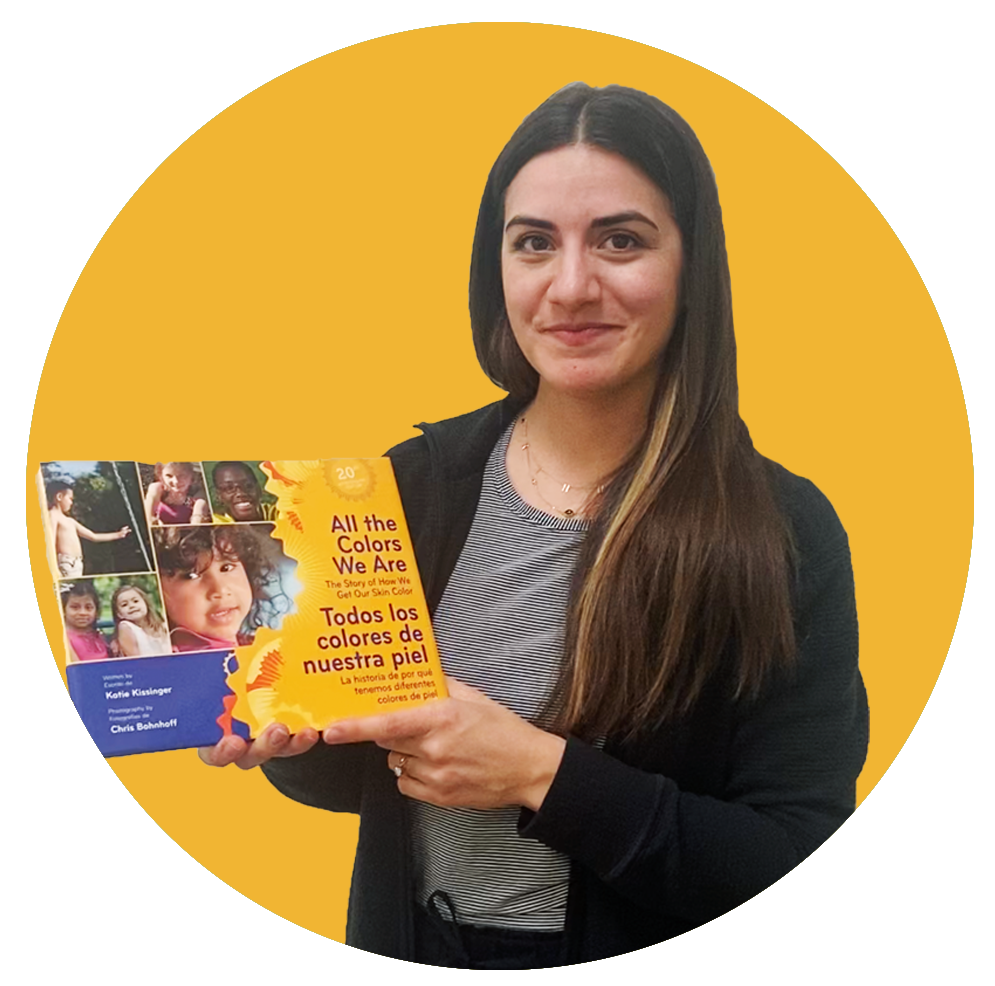
Start Here! :
Read-Along Videos for Ages 5-6:
- All the Colors We Are: The Story of How We Get Our Color/Todos los Colores de Nuestra Piel: La Historia de Porque temenos differentes colores de piel by Katie Kissinger
- Let’s Talk about Race by Julius Lester
- Grandpa, Is everything Black Bad by Sandy Lynne Holman
- The Day You Begin by Jacqueline Woodson
- The Sneetches by Dr. Seuss
Extension Activities for Ages 5-6:
For full details & instructions, view pages 13-14 of the guide book.
Anti-Racist Learning Objectives for Ages 5-6:
• Describe melanin and how it functions to produce differences in skin color.
• Distinguish race as a social construct and describe how racial categories have been used historically to separate and rank people with differing skin colors.
• Distinguish myths/stories told about people of different racial backgrounds.
• Define inclusion and exclusion and explore the consequential feelings of people who are excluded. Define fairness and unfairness.
Developmental Narrative for Ages 5-6:
In this age span, young children are deeply aware of differences in skin color and gender, and are exploring the meaning of their intersectional identities (race, gender, culture) and the societal messages presented about them and others. They can distinguish gradation in skin color (e.g., light brown and dark brown) and can now understand that physical attributes, like skin color or gender anatomy, will remain constant over time. Thus, they express deep interest and curiosity in understanding how the similarities and differences they notice have come to be. Although kids this age show great capacities for empathy and interest in learning about others, they still struggle to see things from another person’s point of view. Thus, they can use exclusionary language and name-calling to intentionally hurt another’s feelings or to demonstrate internalized feelings of racial superiority or inferiority.
Language and cognitive development being made at this age afford children an ability to think symbolically and use words to represent objects. They can now understand concepts like ‘melanin’ and simple scientific explanations about how differences in skin color are produced; and begin to distinguish the biology of skin color from the artificial concept of race (i.e., how people with different levels of melanin are arbitrarily categorized).
Much of their learning is mediated through concrete experiences. The children’s understanding of differences between “right” and “wrong” behavior, and their deep concern for fairness in their everyday lives, provide context for exploring concepts like prejudice and discrimination and for developing critical thinking skills and explicit strategies for taking up inclusive and anti-racist behaviors at home, in their classrooms, and in the community.
Learning & Discussion Guide for Ages 5-6:
Read the books All the Colors We Are: The Story of How We Get Our Color/Todos los Colores de Nuestra Piel: La Historia de Porque temenos differentes colores de piel by Katie Kissinger and Let’s Talk about Race by Julius Lester, or watch the read-along videos here and here.
People have many different colors of skin. Why do you think people have different skin colors? What stories have you heard about people with different skin colors?
We get these differences because we have something in our skin called melanin. Everyone has melanin, but some people have more or less than others. Melanin is produced by the sun. People who have ancestors who lived in places with a lot of sunlight gained a lot of melanin, and people with ancestors who lived in places with little sunlight did not get as much.
Some people couldn’t figure out why people looked different, so they made up stories to explain it. Some people thought that having more melanin made people stupid, ugly, evil, and even un-human. People shared their ideas by telling these stories to their communities. More and more people started to believe these stories and started to treat people differently.
Some white people made laws that would not allow Black, Hispanic/Latino, Asian and Native American people to live in neighborhoods, go to schools, eat at restaurants, or work at jobs with them. They made laws that required everyone to exclude them. We have different laws now, but some people still think we should exclude people based on their skin color. Do you think it’s fair to exclude people because they have more melanin in their skin? How can we work with people of different races to make sure everyone is included?
Resources for Ages 7-8
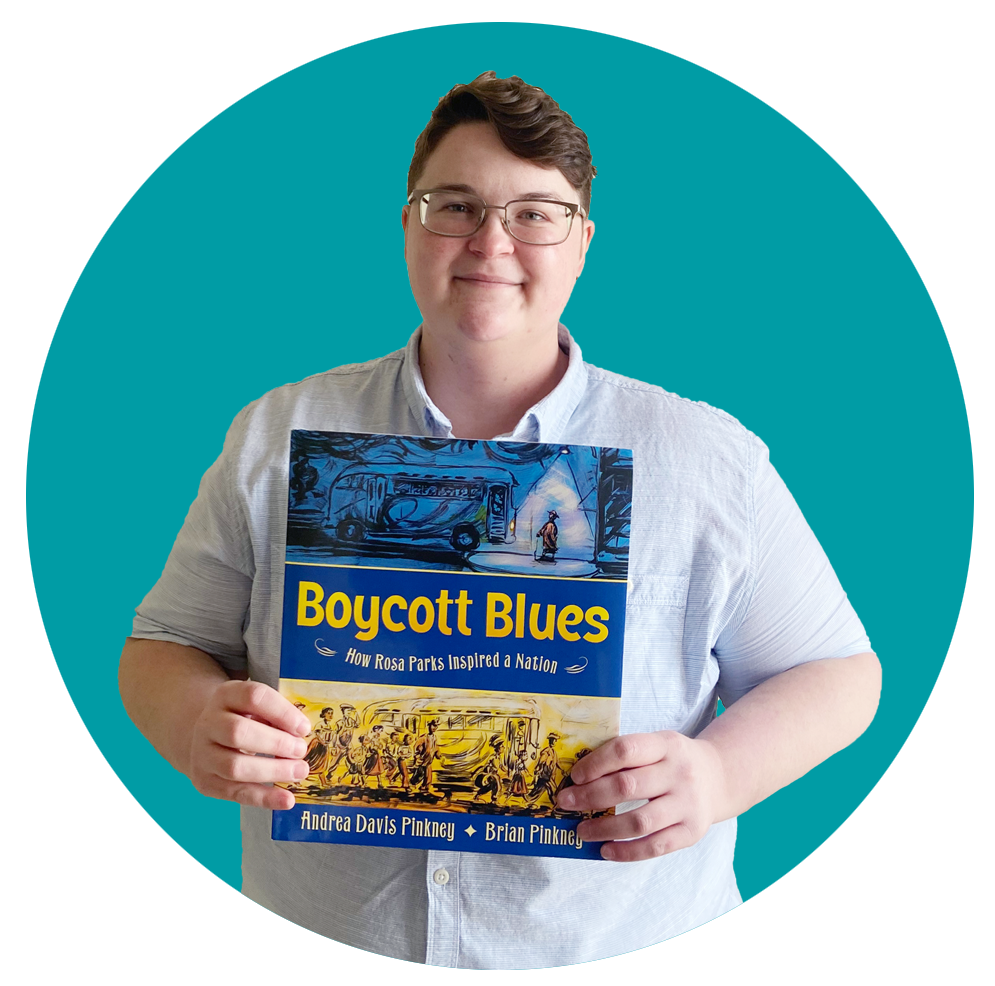
Start Here! :
Read-Along Videos for Ages 7-8:
- A Kids Book About Racism by Jelani Memory
- Boycott Blues by Andrea Pinkney
- Wings by Christopher Myers
- Separate is Never Equal: Sylvia Mendez & Her Family’s Fight for Desegregation by Duncan Tonatiuh
- Dear Benjamin Banneker by Andrea Davis Pinkney
- Hidden Figures: The True Story of Four Black Women and the Space Race by Margot Lee Shetterly
Extension Activities for Ages 7-8:
For full details & instructions, view page 17-18 of the guide book.
Developmental Narrative for Ages 7-8:
At this age, children are aware of intersectional identities marked by differences in race, gender, class, and ethnicity. They are beginning to establish group identities, membership, and sense of belonging. Racial bias can influence their decisions to include and exclude others. In this age span, young people demonstrate positive and negative racial attitudes toward members of their own and other racial groups, and see a rise in name-calling based on race, gender, class, ability, and sexual orientation. Despite the surge in behavior, children this age show understanding for how stereotypes are harmful, and greater capacity for empathy for victims of discrimination, bullying, and name-calling.
By ages 7 to 8, young children have mastered a range of interpersonal skills and understandings of fairness. They are now able to apply them in practices of complex and creative problem solving. They can understand racism as a socio-historical system of advantage and disadvantage where they and others are privileged and marginalized. The awareness of themselves and others as members of multiple communities (e.g., family, school, neighborhood, nation) extends their capacity to think more broadly about what it means to be a good citizen.
Everyday racism appears normal and natural to young children. The process of noticing and naming racial inequities is key to disrupting systems of racism. Thus, they can more confidently and critically think about the interpersonal dynamics of racism, sexism and classism and consider how to interrupt them. They are interested in learning about the ‘history’ of their own people and of other communities. Exposure to anti-racist role models and cross-racial and interracial groups create opportunities for young children to find personal connection to the work, heighten their awareness of their privileges or cultural resilience, and imagine a future where they are committed to anti-racist values and social action over time.
Anti-Racist Learning Objectives for Ages 7-8:
• Distinguish concepts of individual and structural racism and anti-racism.
• Explain how systems of racism have privileged and marginalized people.
• Describe the role of government in making, ruling, and carrying out laws that required Native-American, Black, Hispanic/Latino and Asian Americans to be separate from white people in schools, communities, and workplaces.
• Identify strategies members of marginalized racial communities have taken up to resist systems of oppression.
Learning & Discussion Guide for Ages 7-8:
Start by reading the books A Kids Book About Racism by Jelani Memory and Boycott Blues by Andrea Pinkney, or watch the read-along videos here and here.
Some white people created laws that required people of other races to be kept separate from white people. These laws were created because some white people believed that Native-American, Black, Hispanic/Latino and Asian Americans were inferior to them and should not be treated as equal citizens. Do you know what it means to be a citizen? What kinds of things should we get to do as citizens? Can you imagine not getting to do those things? What would you do if everybody else around you got to do those things, but you couldn’t just because people didn’t want you to because of the color of your skin? How would you feel? What would you do?
Treating people unfairly because of the color of their skin is called racism. Racism has been going on in our country for hundreds of years. Some people think people of color should be enslaved, serving, or entertaining them. People of color have led movements for their civil rights, and many people have joined with them in fights to have these laws changed. Even though we don’t have the same laws that required us to be apart from each other, we still have laws and people that create and carry out laws that do not treat people fairly and work to exclude people of color from schools, neighborhoods and workplaces. If we don’t speak up and do things to stop people from treating people unfairly, racism will continue to go on.
Additional Books for Diversity
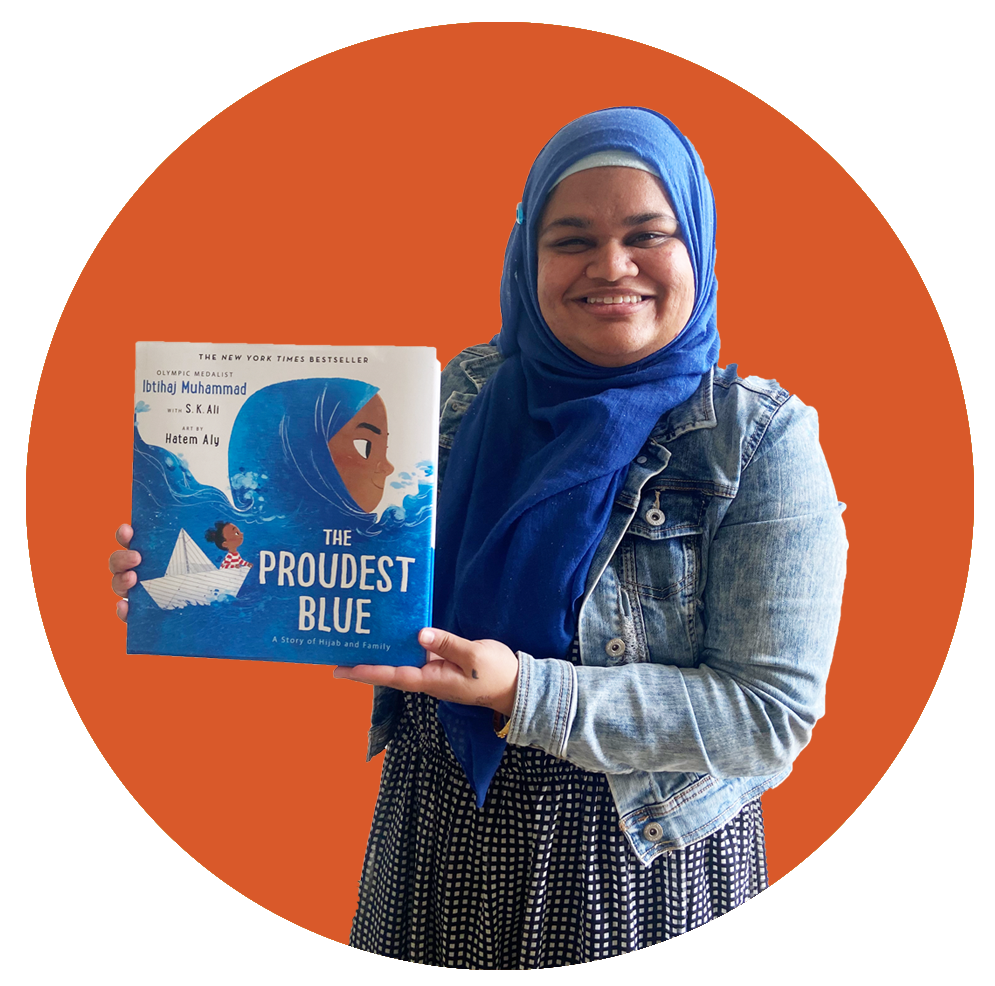
Read-Along Videos:
- Eyes That Kiss in the Corners by Joanna Ho
- Intersection Allies by Carolyn Choi & Chelsea Johnson
- The Proudest Blue: A Story of Hijab and Family by Ibtihaj Muhammad
- Hair Love by Matthew A. Cherry
- Islandborn by Junot Díaz
- Where Are You From? by Yamile Saied Méndez
- We Are Water Protectors by Carole Lindstrom
Adult Resources
Articles:
“Who is Black? One Nation’s Definition”
by F. James Davis, PBS.org
“What we mean when we say ‘Race is a social construct’
by Ta-Nehisi Coates, The Atlantic
“11 ways race isn’t real”
by Jenée Desmond-Harris, Vox
“Kill the Indian, and Save the Man”: Capt. Richard H. Pratt on the Education of Native Americans, historymatters.gmu.edu
“White immigrants weren’t always considered white — and acceptable”
by Brando Simeo Starkey, The Undefeated
How “Prerequisite Cases” Tried to Define Whiteness
by Matthew Wills, JSTOR Daily
“Plessy v. Ferguson”
by History.com editors, History.com
Books:
- The History of White People by Nell Irvin Painter
- The Mismeasure of Man by Stephen Jay Gould
- The Warmth of Other Suns by Isabel Wilkerson
Films:
- Race: the Power of an Illusion
- 13th
- Unspoken: America's Native American Boarding Schools
- A Class Divided
Museums:
- Jim Crow Museum of Racist Memorabilia
- National Museum of African American History & Culture
Program Partners

The Diversity Institute at Cleveland State University is pleased to partner with The Children’s Museum of Cleveland to produce this handbook as a resource for parents and caregivers to engage their children in difficult discussions regarding racial equity. Research, teaching, and advocacy are core activities of The Diversity Institute to promote community awareness of diversity, inclusion, and equity. Opportunities to share this knowledge early in the lives of children are rare. During the formative years is an opportune time to introduce concepts that will promote social justice and reduce bias before youth reach adulthood. We anticipate that this guide will augment the wonderful work that the Children’s Museum undertakes to help young children flourish as they learn about the world in which they live. For more information, visit csuohio.edu/engagement/diversity-institute
The Diversity Center of Northeast Ohio (DCNEO) is dedicated to eliminating bias, bigotry, and racism with a vision to build communities where all people are connected, respected, and valued. We promote understanding, respect, and institutional equality on matters of race, age, religion, sex, ethnicity, culture, ability, gender identity, sexual orientation, and socioeconomic status. We achieve this through youth and youth-serving adult programs and by promoting diversity and addressing institutional bias in the workplace.
For more information, visit diversitycenterneo.org

Visible Voice Books is the book store partner for this program. Visible Voice Books is a bookstore & café in Cleveland’s Tremont neighborhood with that lost independent feel — a relaxed, inviting environment conducive to discovery, where quality takes precedence over quantity, where the titles marginalized by commercial concerns have a home.
For more information, visit visiblevoicebooks.com

The Ratner School is partnering with the Let's Talk program to pilot integrating this curriculum into early childhood classrooms. Ratner Montessori School is a richly diverse Pre-K through 8th Grade school located in Pepper Pike, Ohio. We are excited to partner with the Children's Museum and Cleveland State University in modeling the implementation of the Let's Talk program in our school community. The Let's Talk program is consistent with Ratner Montessori's core value of growing a diverse and equitable community for children and families. The foundation of the Montessori philosophy supports equity and inclusion for all, making this program a perfect fit for our school, children and families.
For more information, visit theratnerschool.org
